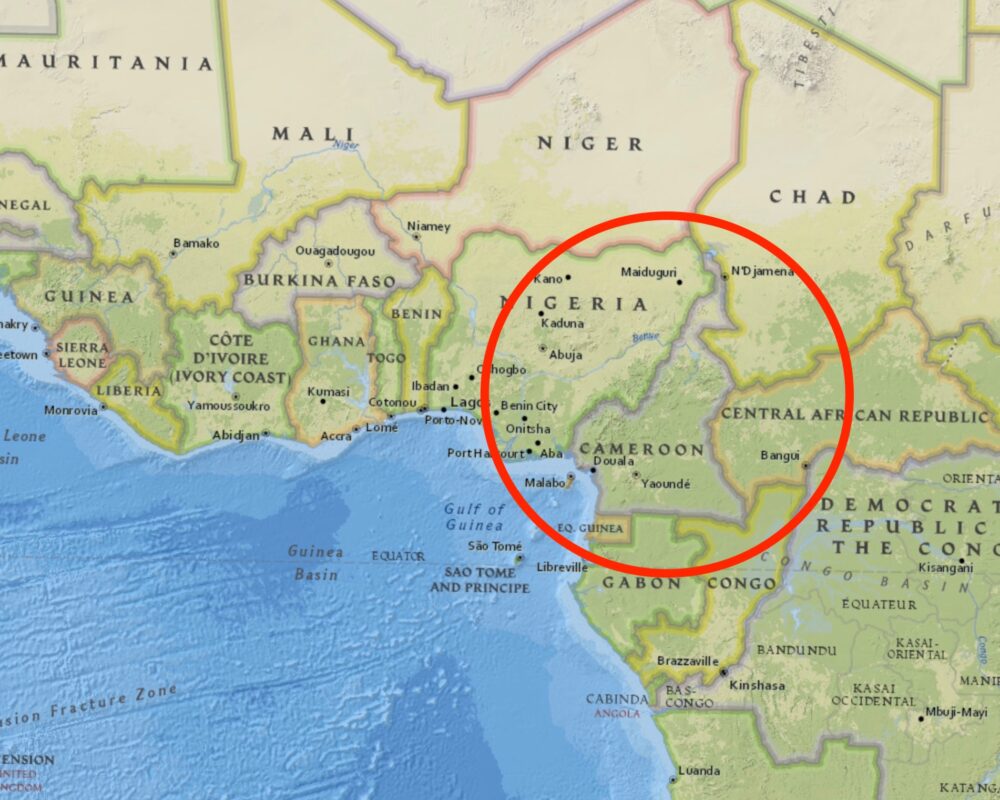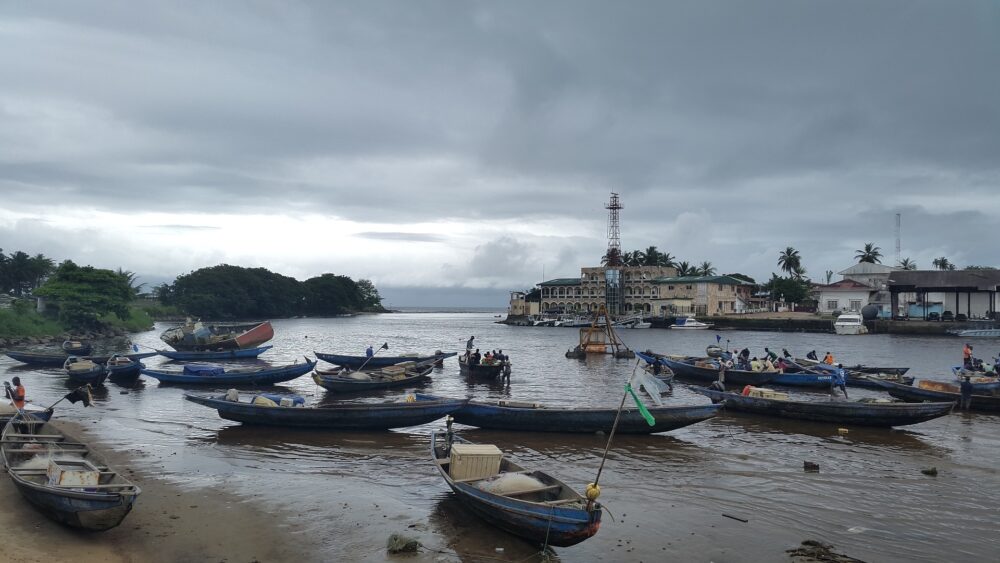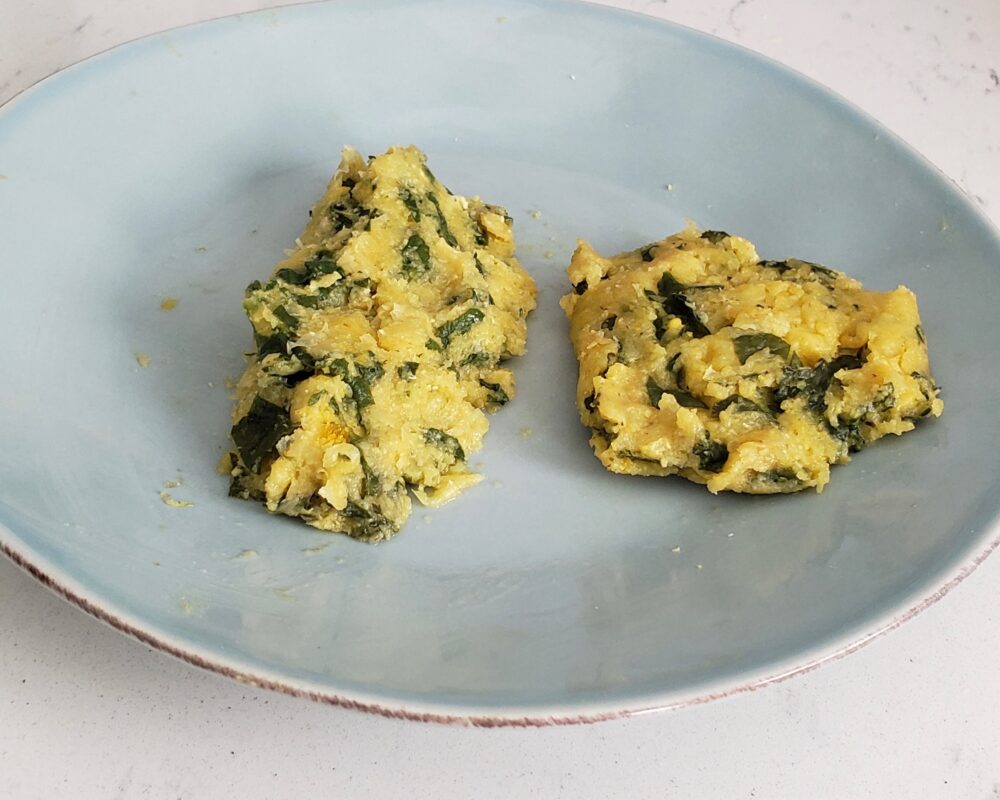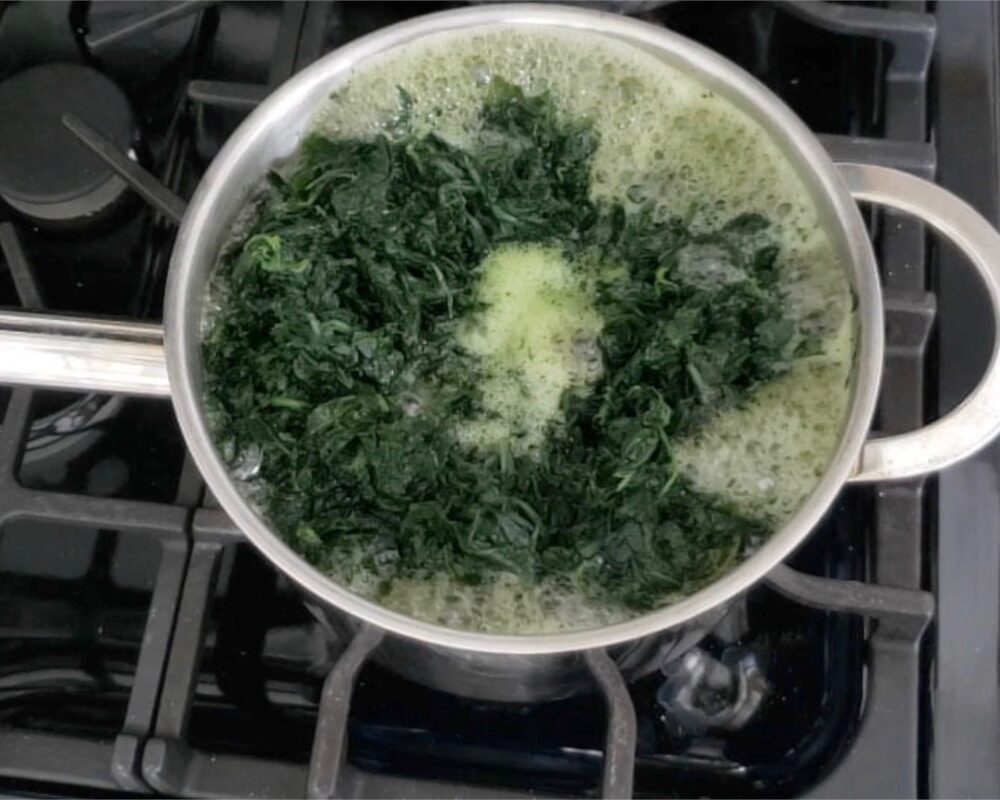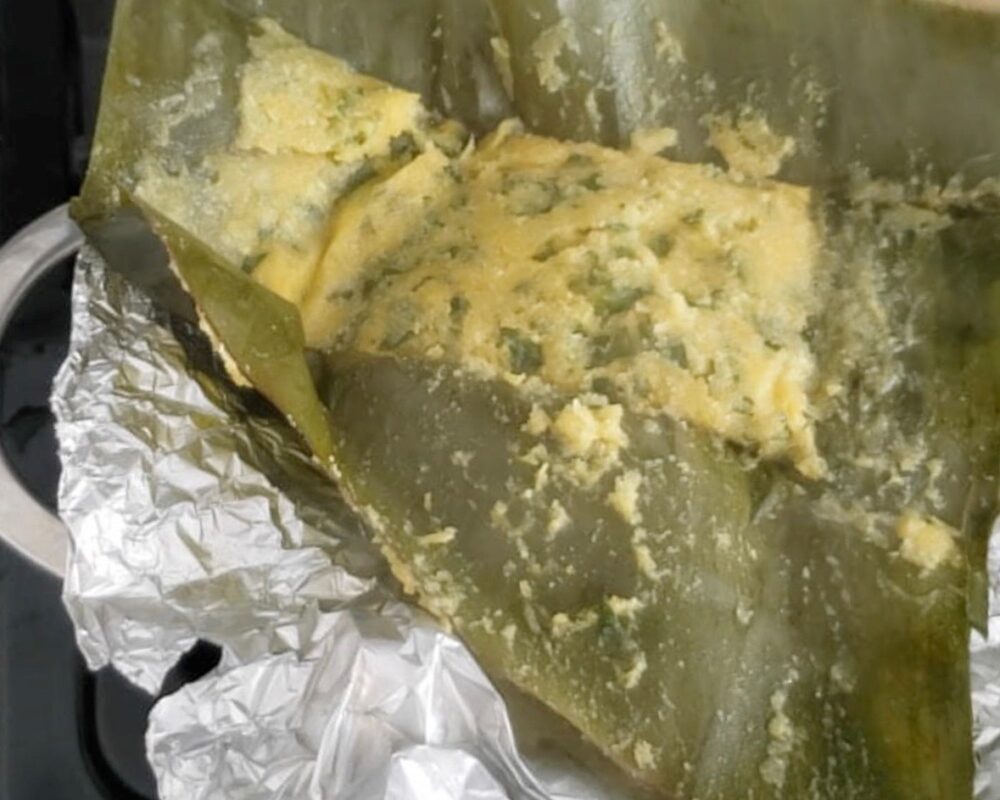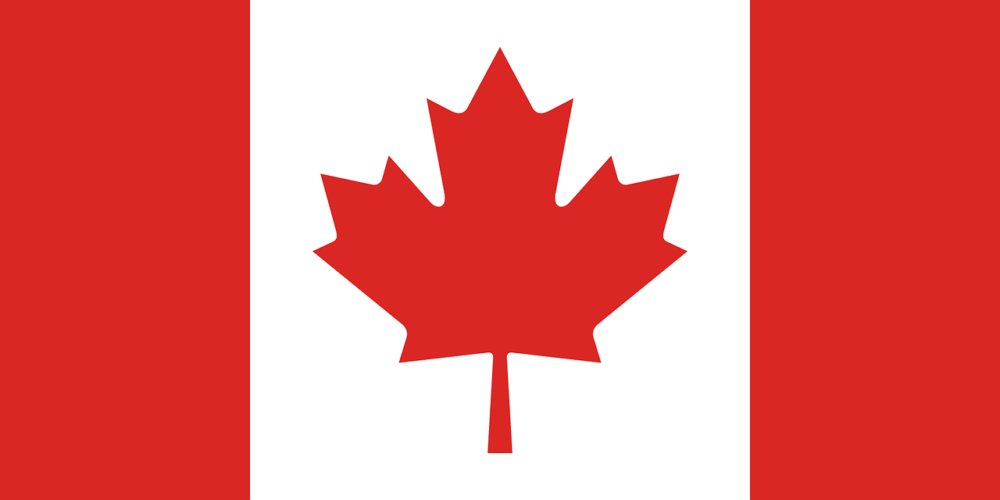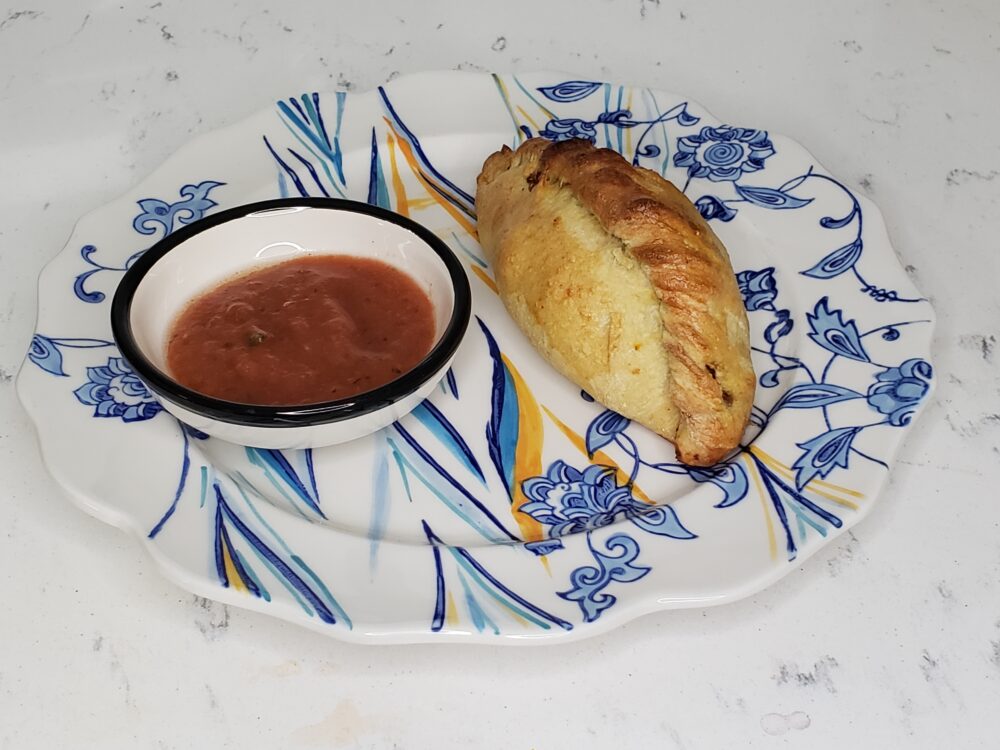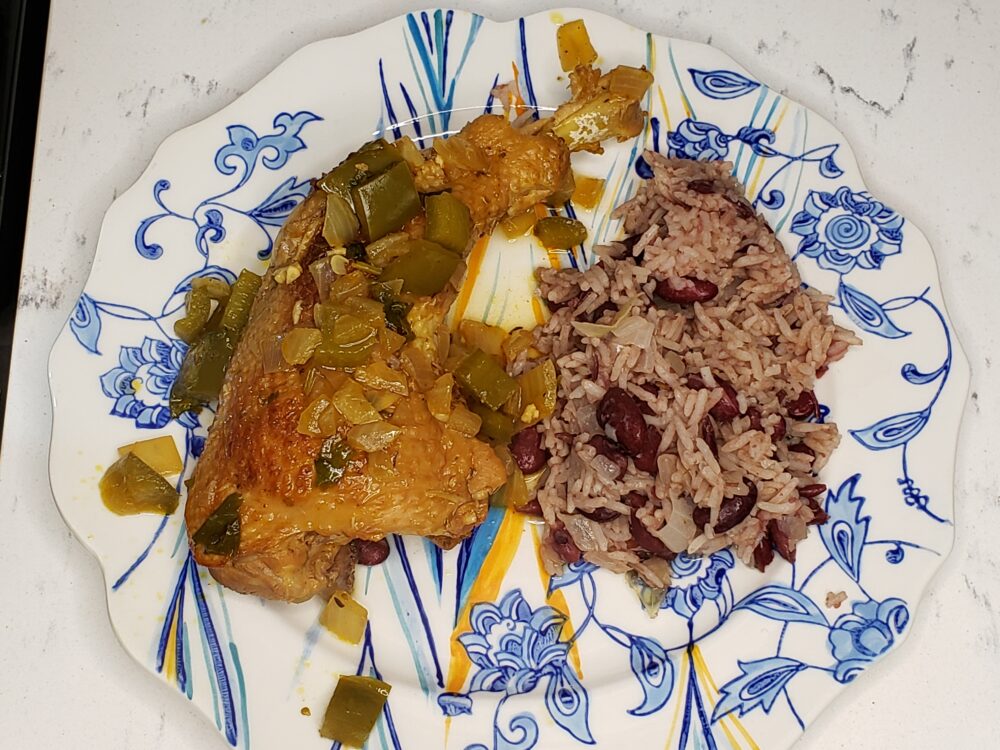Sam had never heard of the country Cameroon until we signed him up for an awesome soccer class with strong connections to the Central African country.
Kids in Cleats offers soccer class by a Cameroonian soccer coach and also proceeds from the classes go to help children in Cameroon find their way our of poverty through education and sports. It’s an amazing organization that we are proud to be a small part of it.
Thanks to this and our latest cooking adventure, Sam has a bit more understanding about the issues facing children in other parts of the world.
THE PLACE AND ITS CUISINE
Right where West Africa meets Central African, Cameroon is a triangular country on the Gulf of Guinea in the Atlantic Ocean.
You might never have guessed it but the name Cameroon comes from the Portuguese word camarōes meaning “shrimp,” more specifically when the Wouri River was called “Rios dos Camaroes (“River of Shrimp”) by Portuguese explorers.
But it is also often referred to as “Africa in miniature.” And that is because it features almost every type of geographical region you will find throughout the entire continent. Cameroon has rainforests, mountains, volcanos, savannas, beaches, deserts, coastal plains rivers, practically anything you could imagine. And along with this diverse topography comes an array of climates and cultures.
Thanks to all of this and the history of German, British, and French occupation, Cameroon’s cuisine is one of the most diverse and varied in all of Africa.
Ingredients vary from region, but throughout the country you can find a diet rich in cassava, groundnuts (aka peanuts), corn, millet, rice, potatoes, and plantains.
Proteins also vary widely. In some parts, meats like beef, lamb, chicken, and goat are prevalent. In other areas, it’s not uncommon to find more exotic meats like monkeys, porcupines, insects, snakes, and even larvae.
And then, of course, the areas closest to water love seafood. Especially the country’s namesake shrimp.
Traditional Dishes:
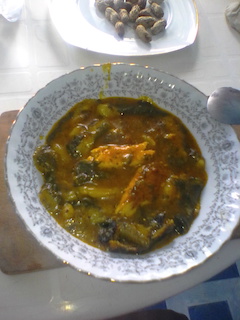
EKWANG – the basis of this stew is the cocoyam, a nutty root (also known as taro), which is grated, wrapped in its own leaves and then simmered with smoked fish and palm oil
KONDRES – a thick hearty stew made primarily of plantains and tomatoes, but includes lots of spices and a hearty protein like beef or goat
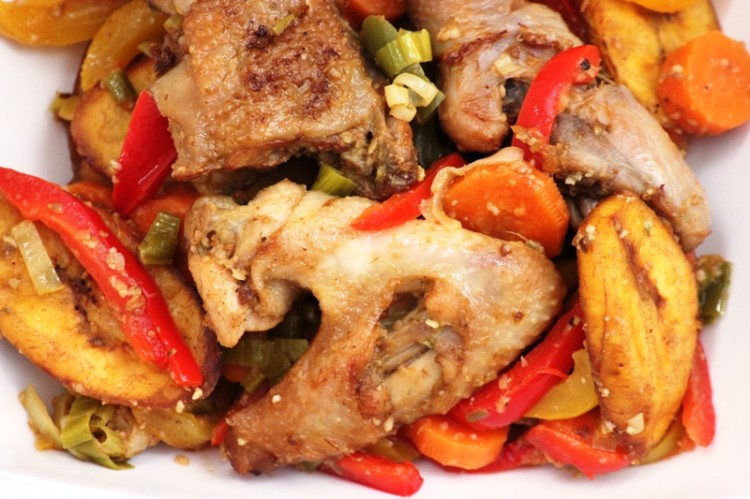
POULET DG – this isa very popular chicken dish for the Director General (that’s what the DG stands for); the grilled chicken is combined with a spiced tomato sauce and fried plantains
ACHU SOUP – despite the name this soup should not make you sneeze, but the yellow color is strikingly vibrant; it’s made from pounded cocoyam, palm oil, spices, and limestone
CAMEROONIAN FOOD IN NEW YORK
Like too many African nations, Cameroon food is under-represented in the city. You can sometime find it at African food festivals in the Bronx and Brooklyn, but as far as I can tell there is no dedicated Cameroonian restaurant in NYC.
THE VIDEO
Sam reveals his generous, sensitive side as we talk about the struggles some of the people who live in Cameroon face daily.
He offers to donate his entire piggy bank, which granted is not a whole lot, but an incredibly sweet and generous thought.
We also do some cooking as Sam learns the difference between mushrooms and shrimp and corn and popcorn.
THE DISHES
I can’t say the same for everyone in the household but I was very excited about the National Dish of Cameroon. Bitter leaf, peanuts, shrimp, beef. I had seen pictures of Ndolé and it almost looked like a protein heavy spinach dip. I have never had anything quite like this and I was eager to give it a try.
The name Ndolé refers to the bitter leaf in the recipe called ndoleh. In this country, spinach or kale are often substituted. But if you can find the actual ndoleh, you don’t want to miss it for the authentic experience.
It’s mixed together with garlic, ginger, and a groundnut (raw peanut) paste and seasoned with red palm oil and dried crayfish. Meat is usually added, including beef and shrimp.
This is a high calorie dish that is served during special occasions and contains so much protein, that you’ll be full for days. It’s usually eaten with a side of boiled plantains, rice, or fufu (pounded fermented cassava).
Ndolé originally comes from the Sawa (or Duala) people who live in the coastal city of Douala but today the dish is popular all over the country. It is sometimes called Ndole ma Myondo.
Since I knew Ndolé was going to be hit-or-miss with Sam and my wife, I also wanted to find something to include from Cameroon that would be a more likely success. And that’s when I discovered Koki corn, which are essentially sweet African corn tamales.
Koki corn goes by a few different names throughout western Africa, but are very well known in Western Cameroon and a treat, especially during the rainy season when corn is in abundance.
SPECIAL INGREDIENTS
One of my favorite things about this adventure is seeking out the special ingredients. I was lucky enough to find a nearby African market and stopped by one day to see what I could find.
I was amazed to find both frozen ndoleh and dried crayfish. I think the employees there were a bit confused (and maybe impressed) that I was buying these ingredients. I do not look like the usual customer of bitter leaves.
Ndoleh
Also known as vernonia , these leaves are prevalent in tropical parts of Western Africa. Since they are called “bitter leaf” in English, you can imagine they are both incredibly bitter but also very healthy.
They are available frozen or dried if you can find them, but many recipes will say you can substitute spinach or kale.
If you are going to use bitter leaf, you need to do everything you can to remove the intense bitterness. They should be washed, blanched, rinsed, and then washed again a few times until soft. You also want to try to squeeze out as much water as possible before adding to the casserole. It can be a labor intensive process, so that might be another reason why some prefer spinach.
Dried Crayfish
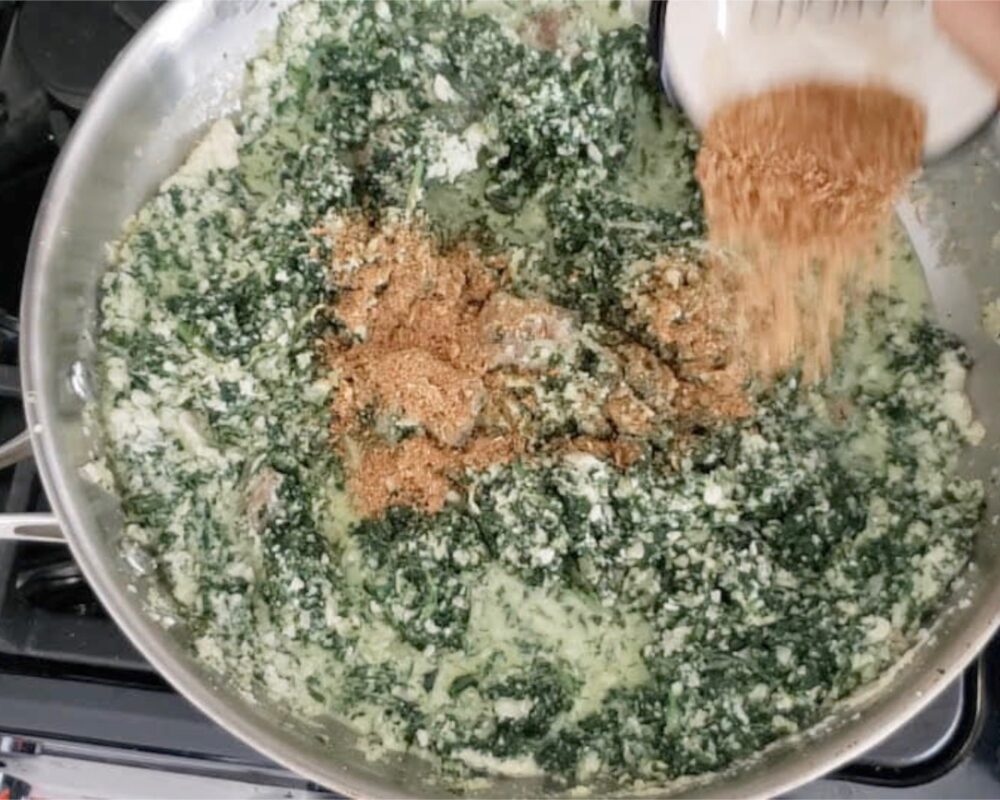
Forget salt, dried crayfish are the ultimate food seasoning.
These are tiny shrimp that are dried and ground up to a powder. They are used in many West African dishes and some say it gives the dishes that authentic flavor. It has a slightly smoky, salty, and fishy flavor. A little goes a long way.
THE RECIPES
Recipes inspired by:
Ndolé with Boiled Plantains from Cameroon
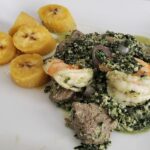
Perhaps the most famous Cameroonian dish, this special occassion green stew uses some of the most important ingredients in Cameroon, including peanuts, shrimp, and a bitter green called ndoleh (spinach is also possible to use as a substitution). It is traditionally served with boiled plantains.
Nodlé
- 1 yellow onion
- 1 red onion (sliced)
- 1 cup peanut oil
- 5 garlic cloves
- 2 inch ginger
- 1 pound beef cubes
- 1 pound ndoleh (bitter leaf) (or sub frozen spinach)
- 1.5 cups raw peanuts
- 1 tbspn dried crayfish
- 1/2 pound shrimp
- salt
- black pepper
- white pepper
Boiled Plantains
- 3 ripe plantains
Onion Paste
-
Blend 1/2 yellow onion (chopped), 1 garlic clove, 1 inch ginger in a blender or food processor until a coarse paste is formed.
Beef
-
In a pot, fry beef in a little bit of peanut oil to lightly brown. Add onion paste and stir briefly. Cover with water and some salt and bring to boil. Simmer covered for 20-25 minutes until beef is tender.
-
When finished, remove from liquid and reserve the broth.
Bitter Leaf
-
Boil bitter leaf in water for about 10 minutes. Transfer to cold water to chill.
-
Wash the leaves by rubbing between your palms. Rinse and squeeze out water.
-
Repeat the rinse and squeeze at least two times to get the greens as clean and dry as possible. Set aside.
Peanut Paste
-
Boil raw peanuts for 10 minutes. Drain and cool.
-
Add to blender with another 1/2 onion, 1 inch ginger, and 3 garlic cloves. Blend to form a paste but not too smooth. You want it still a bit grainy.
-
Add peanut paste, 1/2 cup of beef broth and beef to a skille and simmer on low for 15 minutes.
-
Season with salt and pepper and then add bitter lead and 1/4 cup or so more beef broth. Stir well and simmer for 15 more minutes.
-
Add in dried crayfish, stir, and cook for 5 more minutes. Season with salt or bouillon cube.
Shrimp and Onions
-
Season shrimp with salt and white pepper.
-
Heat 1 tbspn peanut oil in small skillet and pan fry shrimp for about 2 minutes on each side.
-
Add shrimp to skillet with bitter leaf and stir well.
-
In the same skillet as the shrimp, heat another tbspn of peanut oil and fry red onions until they start to brown.
-
Add onions to ndole and simmer for another 5 minutes.
-
Serve with boiled plantains (recipe below).
Boiled Plantains
-
Wash plantains and slice the tips off. Cut them into halves.
-
In a large pot, submerge the plantains halves into water and bring to a boil.
-
Cook until plantains are soft and the skins split. Transfer to a cold water bath to cool.
-
When cool enough to handle, peel skin off and slice plantains into pieces.
-
Serve with ndolé.
Koki Corn from Cameroon

Koki corn is a sweet African version of tamales, but these feature African ingredients like spinach and red palm oil wrapped in banana leaves rather than corn husks. They make a great side dish when you are looking for a little fresh sweetness.
- 2 cups corn kernels (freshlu shucked if possible, or frozen)
- 1/2 cup corn meal
- 1/2 tspn salt
- 1.5 tspn red palm oil (melted)
- 1/2 cup spinach (choppedch)
- banana leaves (washed and dried)
Corn Mixture
-
Pulse corn kernels in blender or food processor with 1/2 cup of water until coarsely ground. We don't want a full purée – just a rough blend.
-
Combine mixture with cornmeal, salt, and melted red palm oil. Stir and mix well.
-
Add chopped spinach and mix.
Wrap and Steam
-
Add large spoonfuls of corn mixture to center of banana leaves or foil. Tightly wrap up and tie with string or banana leaf thread.
-
Steam covered for 20-30 minutes. Add more water if necessary.
-
Carefully unwrap and enjoy!
HOW WE SCREWED IT UP
By now you’d think we’d be experts at steaming things in banana leaves.
The big issue is that the leaves had holes and rips in them and so it made for a messy Koki Corn experience. Just to be safe, we wrapped them in another layer of aluminum foil.
They came out a little wet and a bit sweet. ButI think we did a fine job.
As for the ndolé, it looked like all the photos I had seen. I may have put too much dried crayfish and I also decided to add a bouillon cube. So the result was pretty salty and strong.
The bitter leaf was indeed bitter and my wife could barely eat it. I don’t mind bitter so I did enjoy it, but I could tell that my version would not have been a crowd pleaser.
Of course, I no doubt probably could have cut the greens with some spinach or kale and probably could have spent more time rinsing the bitter leaf and trying to remove that bitterness.
I have no experience in Cameroonian food prior to this, so not sure if it was a total disaster. But I actually enjoyed the meal.
SAM’S REACTION

Strangely, Sam would not even try the Koki Corn. He enjoyed unwrapping it but something about the yellow orb turned him off. there is rice and soy sauce on the table, Sam eats very simply for dinner. I actually think he would have liked its sweetness.
Considering I mostly chose that dish for him, I was pretty disappointed. Oh well. More for me.
I did not subject him to the bitter leaf casserole (he probably would have never tried anything new ever again), but instead cooked some of the beef separately. He liked the beef so since he ate dinner, I consider it a win.
NEXT TIME
Not quite as close as our kitchen, but we are not traveling too far from home for next week when we visit our very friendly neighbors to the north. Oh Canada, here we come….


